FCC to set five-year deadline for deorbiting LEO satellites
Original Publication Date: 2022-09-09 02:57
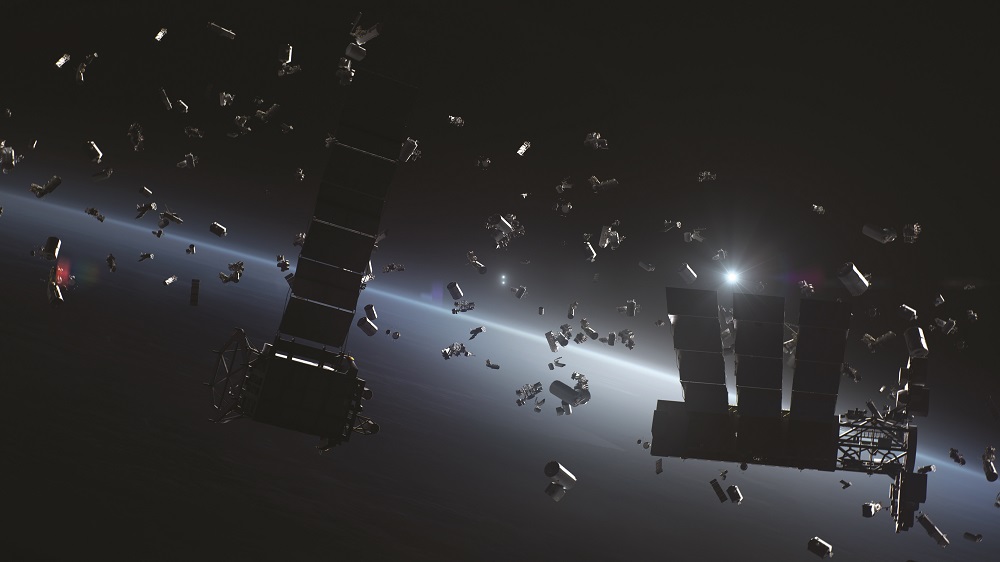
The FCC issued a draft order Sept. 8 setting a “five-year rule’ for post-mission disposal of LEO satellites. The commission will take up the order at its Sept. 29 open meeting. The rule would apply to satellites launched two years after the order is adopted.
SpaceX to launch five spare Iridium satellites
Original Publication Date: 2022-09-09 11:28
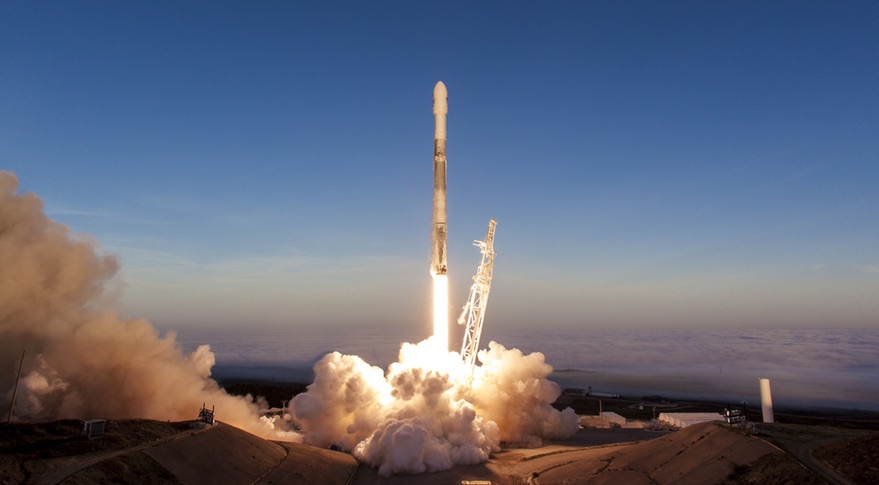
Iridium will launch five of its remaining six ground spare satellites on a Falcon 9 mission. The launch is scheduled for the middle of 2023 from Vandenberg Space Force Base in California. Iridium indicated earlier this year it was seeking to launch up to five of the remaining six spare satellites.
SciTec wins $272 million Space Force contract for data analytics software
Original Publication Date: 2022-09-10 11:44
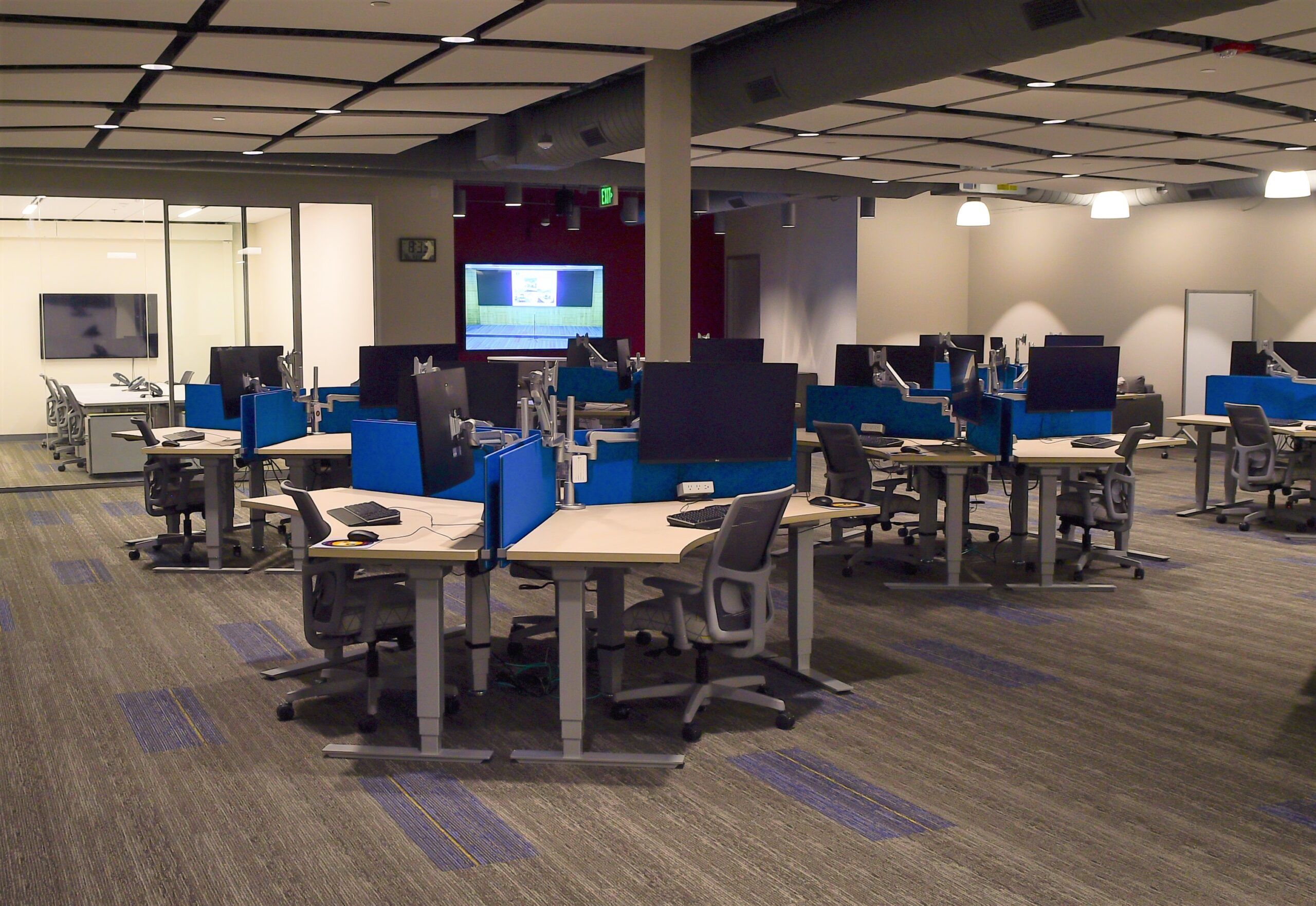
SciTec, a small business based in Princeton, New Jersey, won a $272 million contract. SciTec will develop software to analyze data collected by the U.S. Military's early-warning infrared satellites. The contract is in support of a new ground system to collect and process data.
U.S. to introduce U.N. resolution on ASAT testing ban
Original Publication Date: 2022-09-10 11:07

U.S. To introduce resolution at U.N. Calling for halt on direct-ascent anti-satellite testing. Measure is effort to get more countries to join moratorium on such tests that U.S. Announced in April. Only Canada and New Zealand have formally announced their intent to join moratorium.
FAA and NTSB reach new agreement on commercial space investigations
Original Publication Date: 2022-09-09 23:53
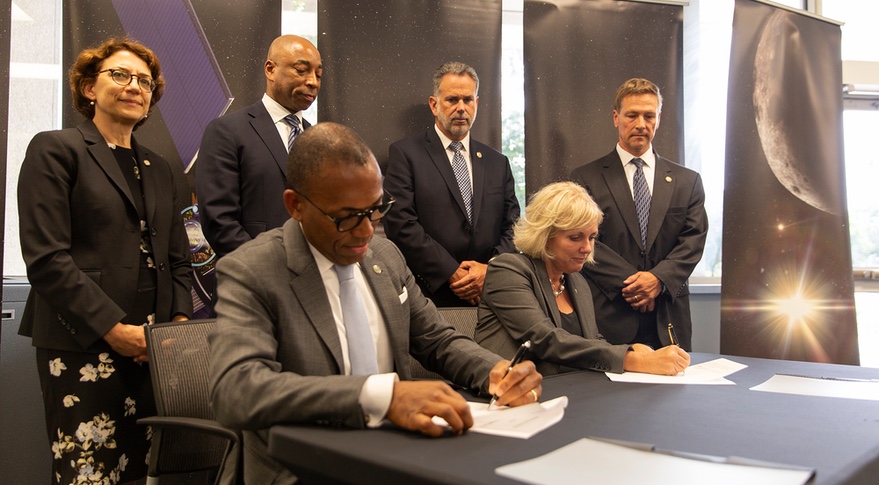
The agreement outlines the roles and responsibilities of the agencies. NTSB will be the lead agency for investigating mishaps that involve a fatality or serious injury. FAA will lead all other commercial spaceflight investigations. NTSB proposed new rules in November 2021 that would give it a larger role.
Commerce and Defense Departments sign agreement on space traffic management cooperation
Original Publication Date: 2022-09-09 22:52

Departments of Commerce and Defense sign agreement on space traffic management. Agreement will transfer responsibility for civil and commercial space traffic management. Commerce Department has made its first data buys under that effort. Office of Space Commerce issued a request for proposals in July for commercial SSA data.
NASASpaceFlight.com
The SSLV or Small Satellite Launch Vehicle conducted its launch debut from Sriharikota, India on Sunday, August 7 at 03:48 UTC. The SSLV program’s genesis was a December 2015 National Institute of Advanced Studies proposal to create a “Small Satellite Launch Vehicle-1” to launch small national security payloads on demand.
Commercial Archives
Spaceport Nova Scotia will be the first orbital launch location for the country. The spaceport will be geared towards service of the medium-lift market using the Ukrainian Cyclone-4M rocket. The spaceport is expected to be completed in 2019. It will be the first of its kind in the world.
International Archives
Spaceport Nova Scotia will be the first orbital launch location for the country. The spaceport will be geared towards service of the medium-lift market using the Ukrainian Cyclone-4M rocket. The spaceport is expected to be completed in 2019 after an Environmental Assessment is approved.
Chinese Long March 3B Launches APStar-6C Communications Satellite – Spaceflight101

China conducted a rare commercial launch of a Long March 3B rocket with the APStar-6C communications satellite for APT Satellite Holdings. Long March 3B lifted off from the Xichang Satellite Launch Center at 16:06 UTC on a mission of under half an hour to lift the spacecraft into an elliptical Geostationary Transfer Orbit. Confirmation of launch success was provided by APT Satellite around 40 minutes after liftoff when the satellite had been separated into its target orbit.
Blue Origin’s New Shepard Reaches new Heights in latest Test Flight – Spaceflight101

Blue Origin returned to its West Texas testing grounds on Sunday for the eighth flight of its reusable New Shepard launch system. The mission was designed to expand the vehicle’s operational envelope by sending it to a peak altitude of 107 Kilometers, a new record for New Shepard. Demonstrating that New Shepard can reliably lift its Crew Capsule above the Karman Line represents an important objective of the company’s drive toward beginning sub-orbital tourism flights.
ISS Updates – Spaceflight101 – International Space Station

A veteran NASA spacewalker and an EVA rookie from Japan ended their week with nearly six hours of work outside the International Space Station. The restoration of the Station’s Mobile Servicing System started last year and continued in January to provide Canadarm2 with a new pair of grappling hands.
Featured – Spaceflight101

A SpaceX Falcon 9 took to the skies over Florida’s Cape Canaveral Monday afternoon. It was lifting a flight-proven Dragon spacecraft into orbit for a critical delivery of science gear, supplies and maintenance hardware. It was the first of at least six cargo ships inbound to the U.S. Segment of ISS this year.
News – Spaceflight101

Europe's Copernicus satellite fleet is gearing up for the arrival of its next addition on Wednesday. A Russian Rockot booster is set to blast off from the Plesetsk Cosmodrome at 17:57 UTC with the Sentinel-3B multi-function satellite.
Re-Entry: Long March 11 Rocket Body – Spaceflight101

The CZ-11 fourth stage used leftover propellant for a partial de-orbit maneuver, lowering its perigee to 120 Kilometers to significantly accelerate its orbital decay. It is reportedly built around a YF-50 main engine and in a nominal mission conducts the orbital circularization after the three CZ-11 stages.
NASA’s AIRS Instrument Records Typhoon Hinnamnor Before Landfall

Airlift was the first instrument to reveal the 3D distribution of rain within tropical storms like Hinnamnor. These 3D images have made a major contribution to knowledge of how hurricanes and typhoons develop, improving forecasts and saving lives. One of six instruments aboard Aqua, AIRS provides data that is improving weather forecasts and advancing our understanding of Earth’s climate.
A Cosmic Tarantula, Caught by NASA’s Webb
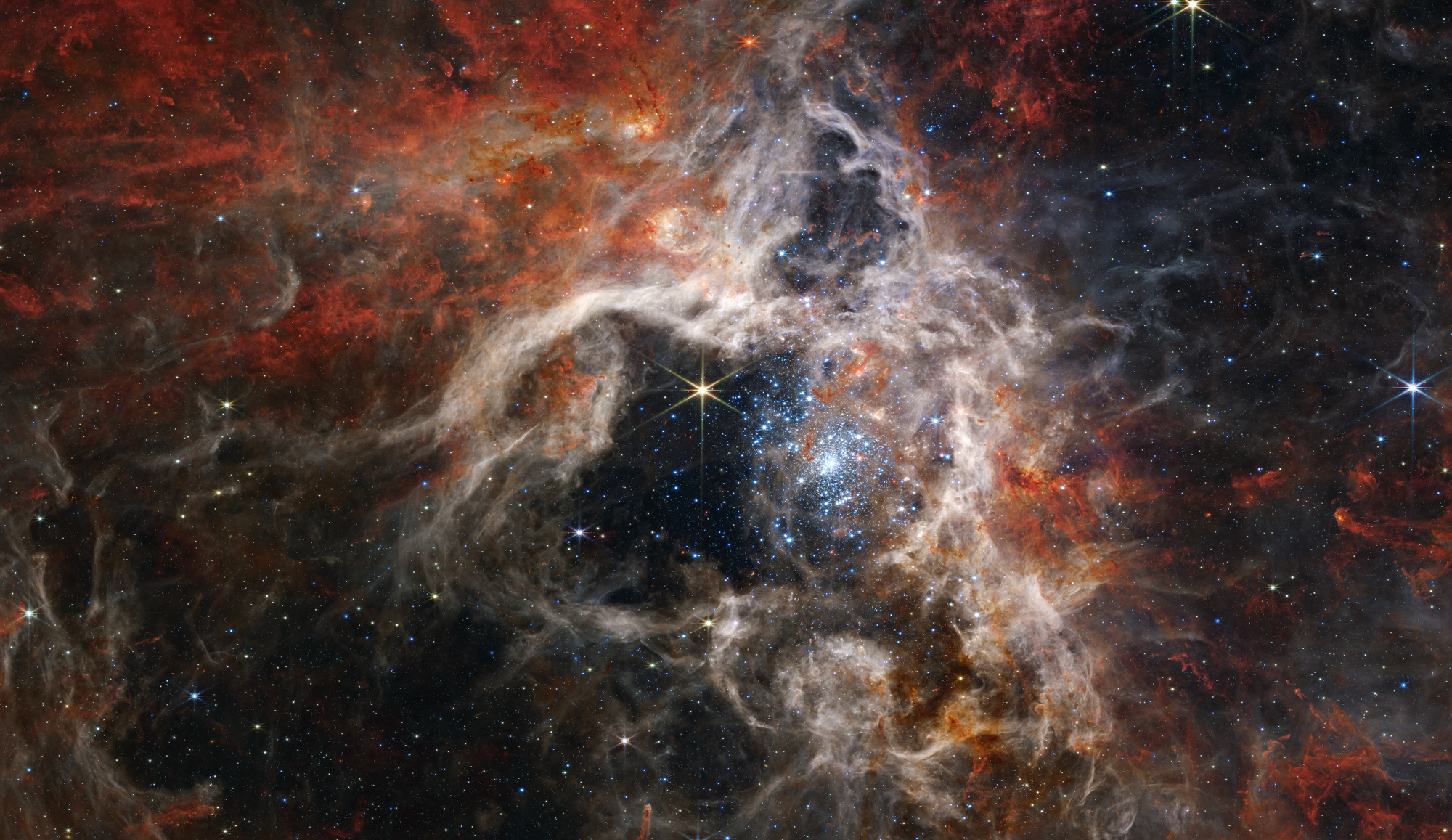
The James Webb Space Telescope is the world's premier space science observatory. Webb will solve mysteries in our solar system, look beyond to distant worlds around other stars, and probe the mysterious structures and origins of our universe and our place in it. Webb has already begun revealing a universe never seen before, and is only getting started on rewriting the stellar creation story.
NASA’s Webb Takes Its First-Ever Direct Image of Distant World

Astronomers have used NASA’s James Webb Space Telescope to take a direct image of a planet outside our solar system. The exoplanet is a gas giant, meaning it has no rocky surface and is not habitable. The finding is detailed in NASA’s latest JWST blog entry.
Explore the Solar System With NASA’s New-and-Improved 3D ‘Eyes’

Learn the basics about dwarf planets or the finer points of gas giants. Ride alongside no fewer than 126 space missions past and present. Scroll through rich interactive journeys, including Voyager’s Grand Tour of Jupiter, Saturn, Uranus and Neptune. You can rotate objects, compare them side by side, and even modulate the perspective as well as the lighting.
Engineers Solve Data Glitch on NASA’s Voyager 1
Engineers have repaired an issue affecting data from NASA’s Voyager 1 spacecraft. Earlier this year, the probe’s attitude articulation and control system began sending garbled information about its health and activities. The team has since located the source of the garbled information: The AACS had started sending the telemetry data through an onboard computer known to have stopped working years ago.
NASA’s Webb Detects Carbon Dioxide in Exoplanet Atmosphere

First clear evidence for carbon dioxide ever detected in a planet outside the solar system. Understanding composition of a planet’s atmosphere is important because it tells us something about the origin of the planet and how it evolved. “Carbon dioxide molecules are sensitive tracers of the story of planet formation,” says Mike Line of Arizona State University.
NASA Helps Minority-Serving Institutions Refine Tech Proposals
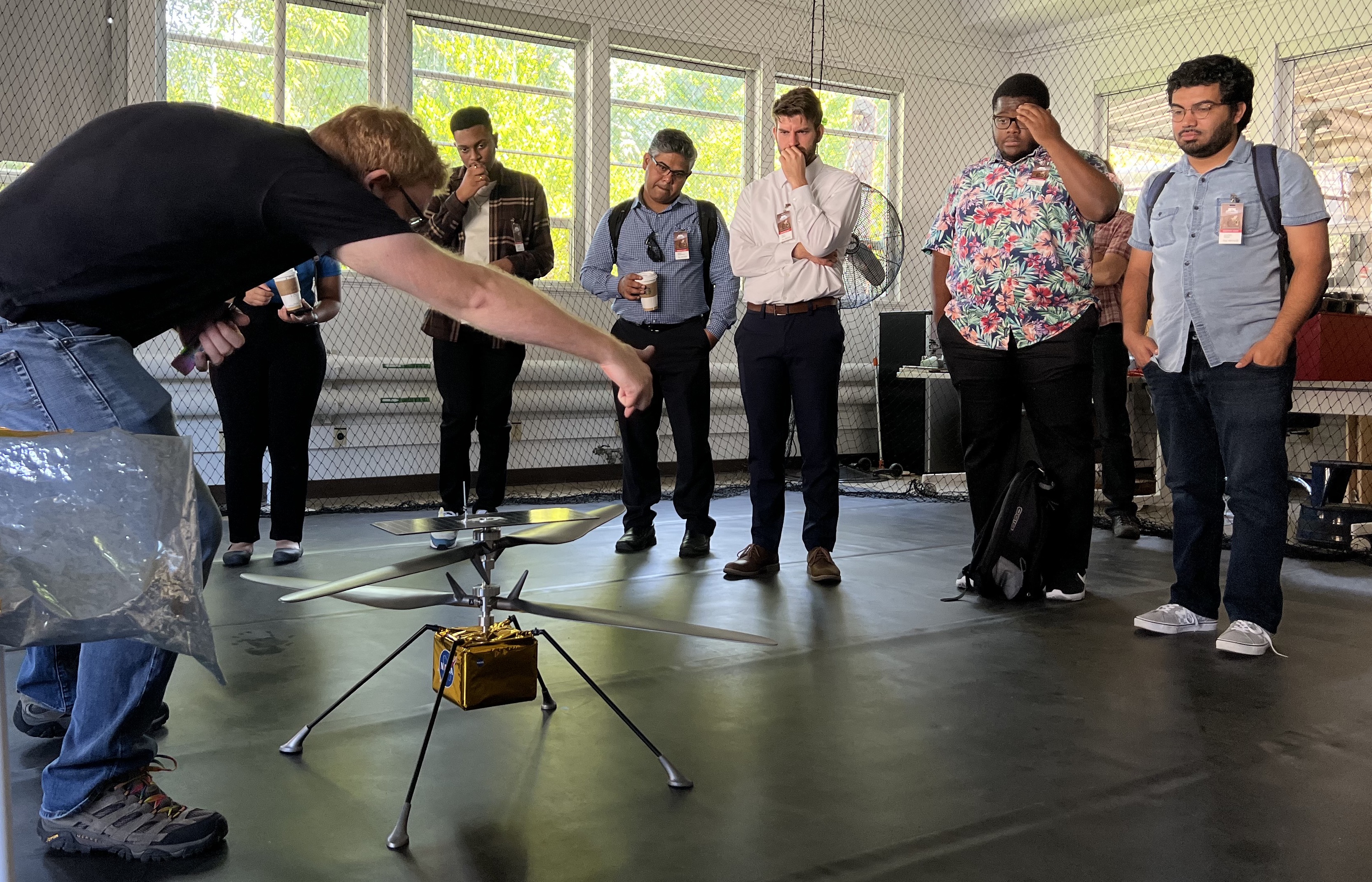
The MSI Space Accelerator is a partnership between NASA and minority-serving institutions. FSU, CSUN, MIT and CSUN teams got in-person feedback to hone their projects. The teams received awards of $50,000 as prizes for their initial concepts. The program’s goal of promoting entrepreneurship took a leap forward when each team established themselves as limited liability corporations.

